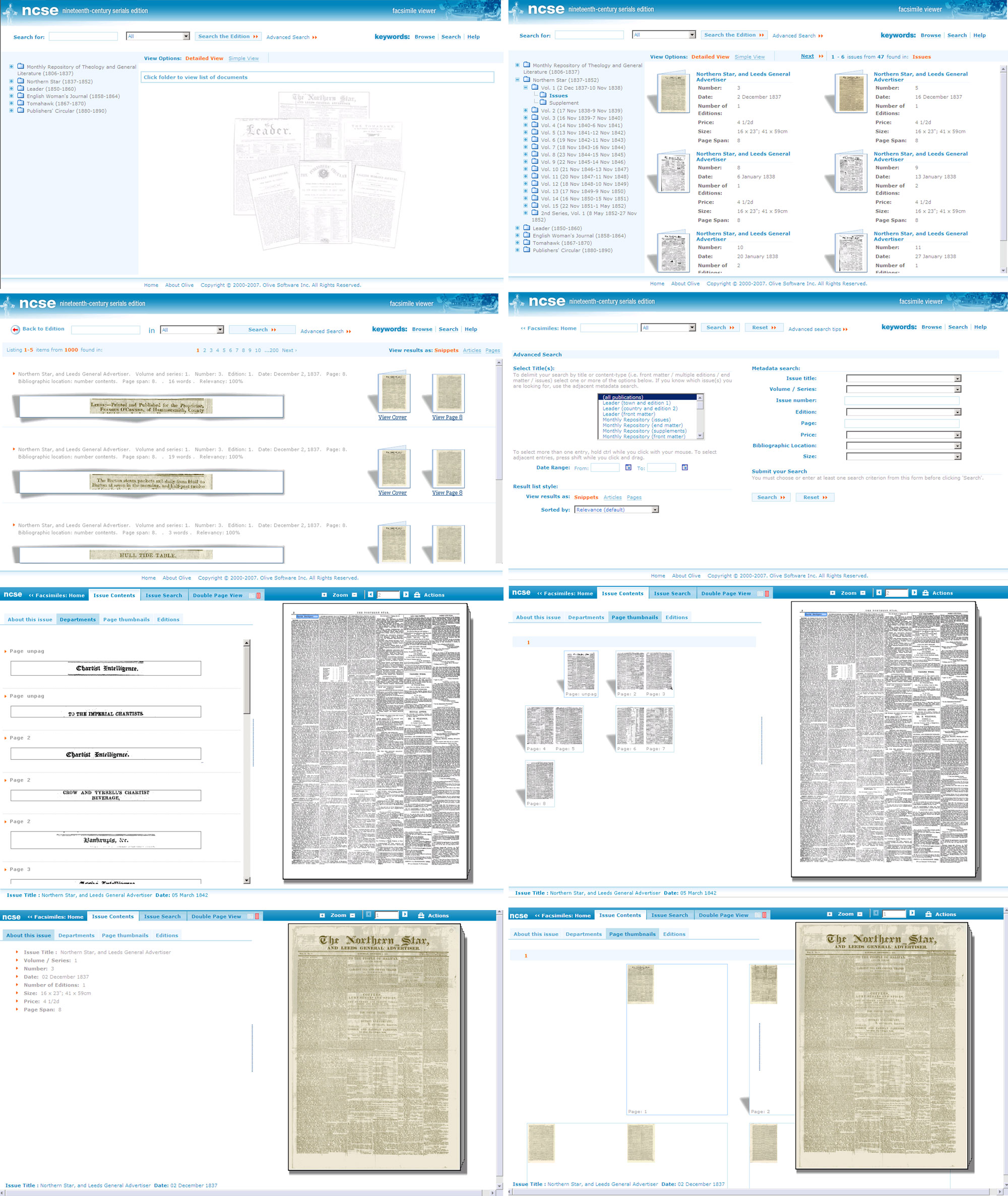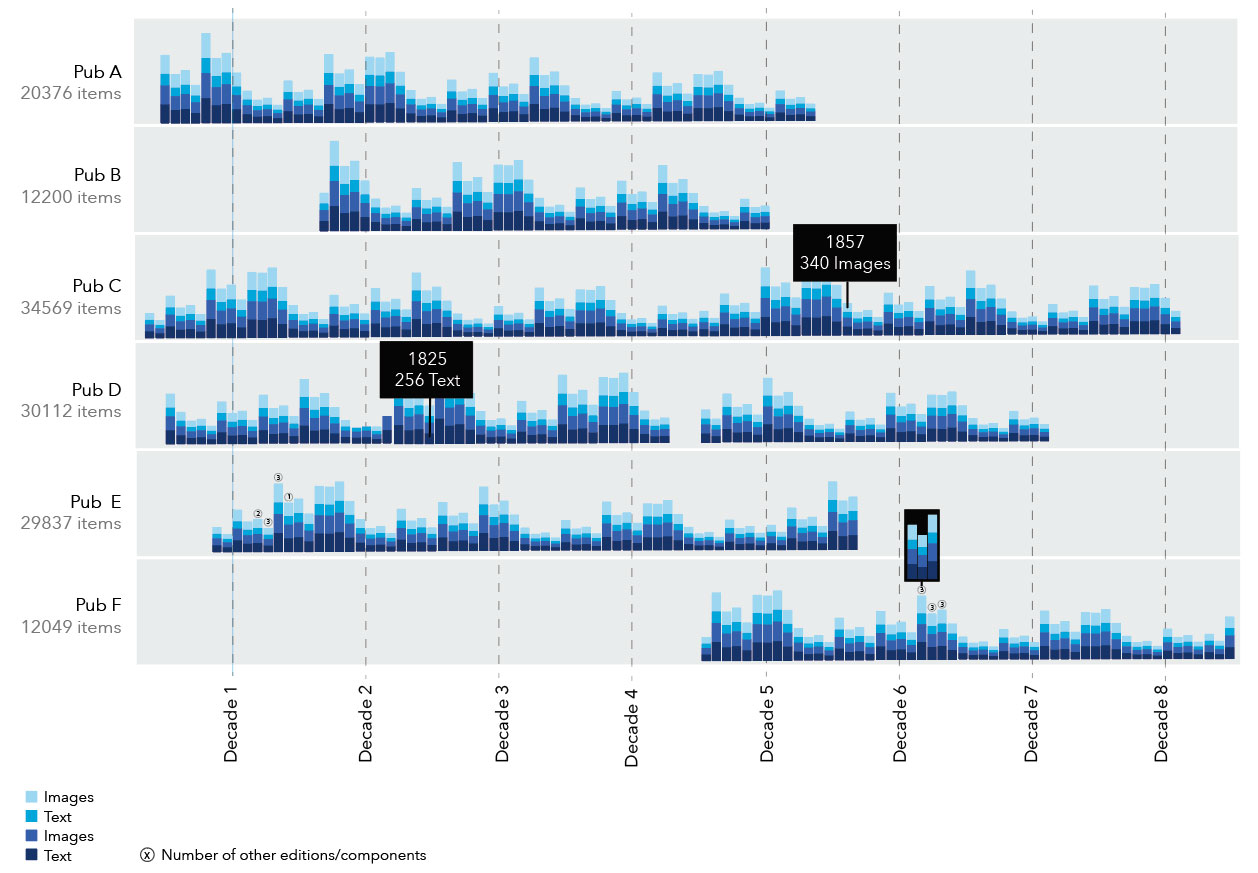Transforming a Historic Digital Archive
The Nineteenth-Century Serials Edition (NCSE) project represents a comprehensive online repository of historical periodicals and newspapers, comprising over 400,000 articles sourced from six nineteenth-century publications. Led by the Centre for Computing in the Humanities at King's College London, this ambitious project aimed to digitize and manage a diverse array of materials spanning 84 years of publication history.
Initiated in 2005, the primary challenge was to create a digital management system capable of handling such a vast volume of content. This necessitated the design and development of innovative tools to assist researchers in accessing materials while also encouraging new approaches to scholarly inquiry. In response to feedback from partners and users, the project underwent a redesign in 2018, with a focus on enhancing user experience and functionality. Limited resources constrained the scope of improvements, but selected enhancements were prioritized based on user feedback from the 2008 edition.The redesigned frontend took into account user preferences and features deemed useful from the previous edition, ensuring a more intuitive and engaging browsing experience. While resource limitations posed challenges, the project team remained committed to delivering a refined and accessible platform for historical research.
The NCSE redesign project represents a collaborative effort to preserve and promote access to valuable historical resources. Through strategic design decisions and iterative improvements, the platform continues to serve as a valuable resource for researchers and historians worldwide.
Enhancing User Experience and Accessibility
In my role as the designer at King's Digital Lab, I collaborated closely with a team comprising two developers and an analyst for this project. It represented one of my initial undertakings in refreshing an existing site boasting an extensive database of items. Working on this project presented a unique challenge as we had only screenshots from the old site to reference, as the system was no longer functional. Despite this limitation, it became apparent during our initial assessment that the user experience fell short in terms of ease and intuitiveness.

Our primary focus centred on enhancing the user journey and navigation, particularly within the two main facsimile pathways: "explore" and "search." We sought to streamline the process, making it more intuitive and seamless for users to navigate through the vast array of materials available on the platform.

In line with the partners' emphasis on consistency, our goal was to preserve the familiar colours and visual elements that users had grown accustomed to from the previous version of the platform. However, as part of our commitment to inclusivity and accessibility, we conducted a thorough assessment to evaluate the platform's adherence to accessibility standards. This evaluation highlighted areas where improvements were needed to enhance accessibility for all users. During the design process, we took the opportunity to incorporate small additions that added charm and personality to the platform. For instance, we integrated endearing characters inspired by elements from the old banner, injecting a touch of whimsy into the user experience. These subtle embellishments served to delight users while maintaining the platform's overall aesthetic coherence.

Communicating Overview Insights Through Data Visualization
Recognizing the significance of data within the interface, we saw an opportunity to leverage it to unveil statistical insights about NCSE that transcended textual descriptions. To achieve this, we curated data visualization graphs on the facsimile page, offering a comprehensive overview of all publications through a timeline representation. Additionally, individual publication graphs were meticulously crafted to depict the quantity of various items such as text, pictures, and advertisements. Ensuring seamless accessibility across various devices, including small screens like mobile devices, was a priority during interface adaptation. Although some features operated slightly differently on mobile devices, we ensured a consistent and intuitive user experience across all platforms. Considerable effort was invested in redesigning the layout and user journey, with a primary focus on the "explore" and "search" sections. To enhance search functionality, we introduced two distinct views – grid for a visual experience and list for a more textual approach. We also streamlined filters to facilitate smoother navigation. In the "explore" section, we aimed to provide users with a comprehensive overview of all periodicals by incorporating overview statistics such as publication years and quantity published. Simple yet impactful bar charts were integrated, categorizing data to enhance visual comprehension. I made a prototype using mock data but the ratio of the actual data was quite different so would have done it differently in hindsight.

Conclusion
The NCSE redesign project embodies a collaborative endeavour to transform a vast historical archive into an accessible and user-friendly digital platform. Through meticulous design decisions and iterative improvements, the project team succeeded in enhancing the user experience and accessibility of the platform while preserving its rich historical content. By leveraging data visualisation and refining the user journey, the redesigned NCSE platform continues to serve as a valuable resource for researchers and historians worldwide, facilitating deeper insights into the nineteenth-century periodicals and newspapers that shape our understanding of history.
